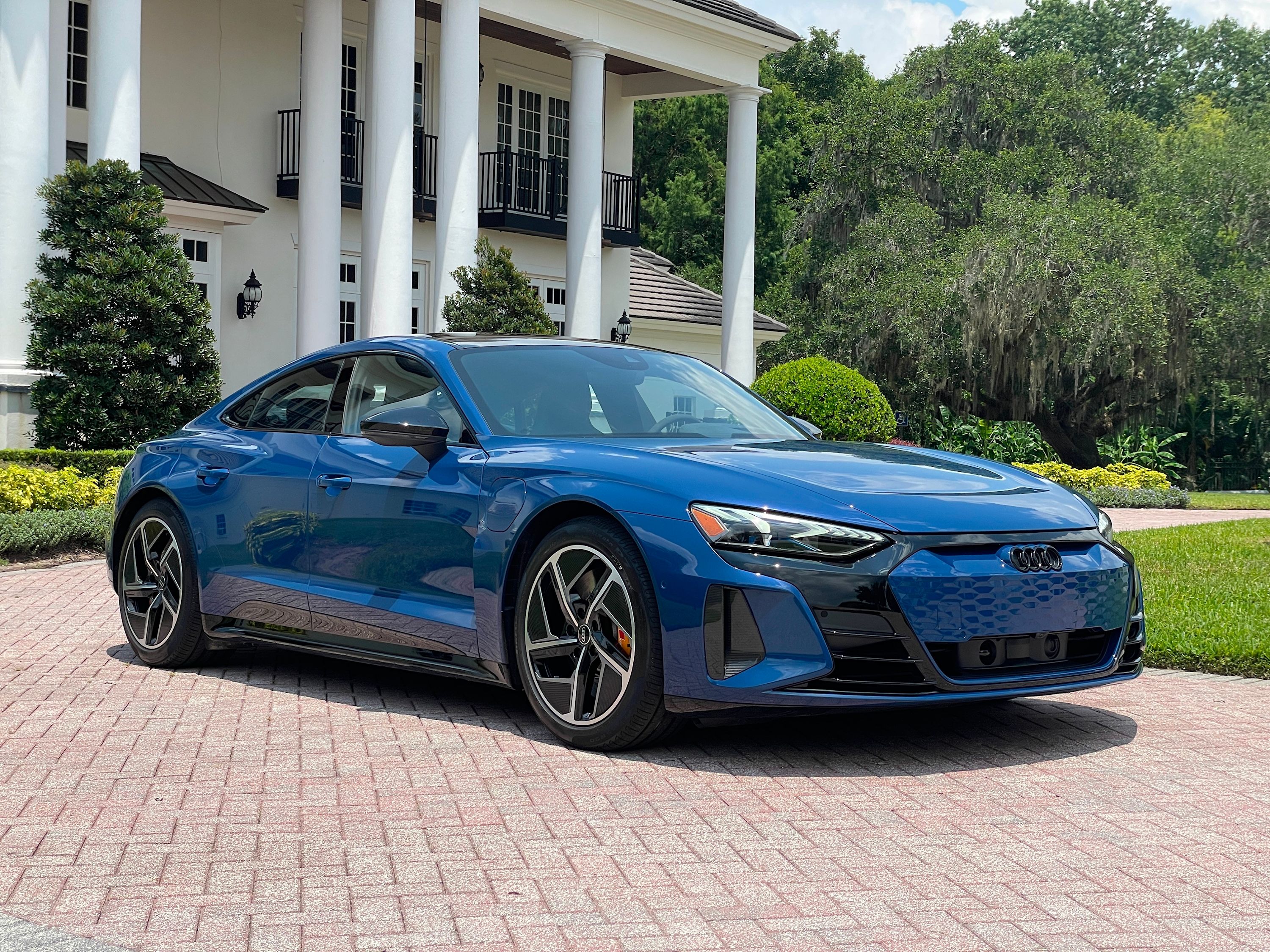
Pop-up headlights are super cool. Whether you're in a first-generation Mazda MX-5 Miata or a first-generation Honda NSX, these lighting fixtures are fun to use. When retracted, they also help keep the lines of the car smooth and sleek, but because they have been deemed dangerous for pedestrian crash safety, they are no longer legal on any cars. This means that it's pretty much impossible to create a clean front fascia that is uninterrupted by lighting fixtures. Or at least, it used to be. CarBuzz has uncovered exclusive information thanks to a patent application that Audi filed with the German Patent and Trade Mark Office (DPMA) late last year, which was finally published yesterday.
In the patent documentation, Audi posits that it would be possible to use a changeable cover for the headlights. This cover would be permanently fixed to the headlight but would have the ability to switch between opaque and transparent states using electrically switchable films, for example. Alternatively, the patent makes mention of switchable or "intelligent" glass. In our minds, this could allow you to fit the technology to a new car like an RS e-tron GT and when the car is off or when it is traveling during the day, the car could have a sleek look. When switching the headlights on, the headlight covers could become transparent, allowing light through.
However, Audi has other ideas. Instead of using the technology throughout the headlight housing, the automaker's documentation suggests that only parts of the headlight would use the technology at any one time. Basically, the area around the indicators/blinkers could be covered to allow just white light to shine through. When the car needs to indicate a turn, the low beams and DRLs could be effectively dimmed, allowing the amber light to shine through more vividly. This could enhance visibility and safety, but Audi seems most interested in the aesthetic value because it complains of a lack of "precision" in terms of the blending of colors between light strips. Allow us to go into some detail.
"In today's light strips, a plurality of colors can be represented. If, however, two colors are displayed next to one another, there is always a color curve between the colors. This does not appear to be precise. Or, if a region of the light strip is on and a region emerges, there is a brightness profile at the boundary between the regions."
Basically, Audi wants to create a cleaner overall look for lighting strips, making it possible to create a more defined lighting signature. Is there any real benefit to this? We'll have to wait and see, but the complaint is typically German in that it chases perfection even in an area where nobody thinks refinement is required. Let's hope it's not too expensive to implement because the potential design benefits appear infinite. Fingers crossed.
